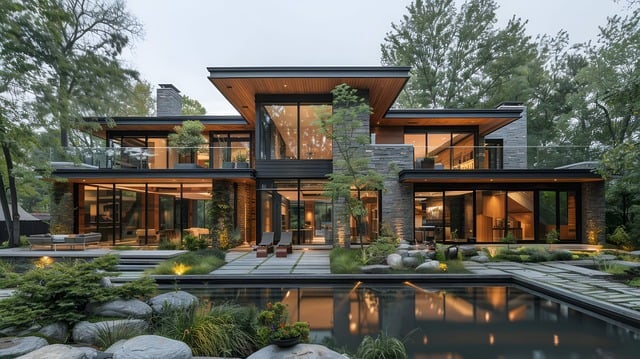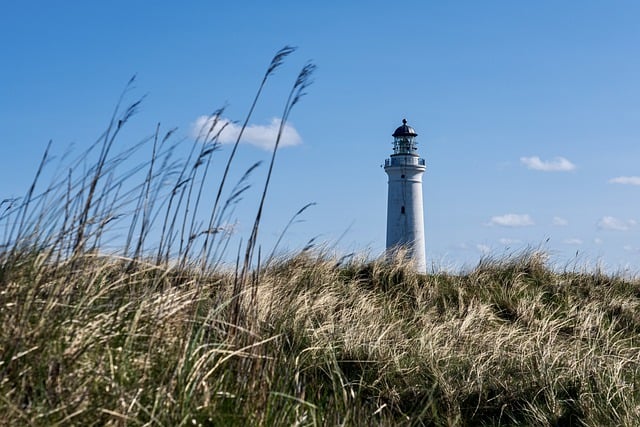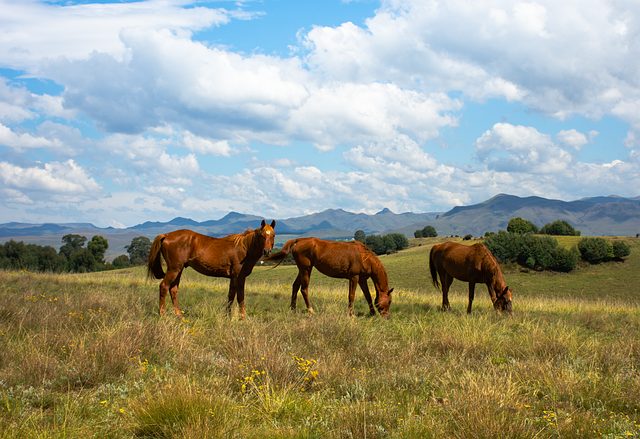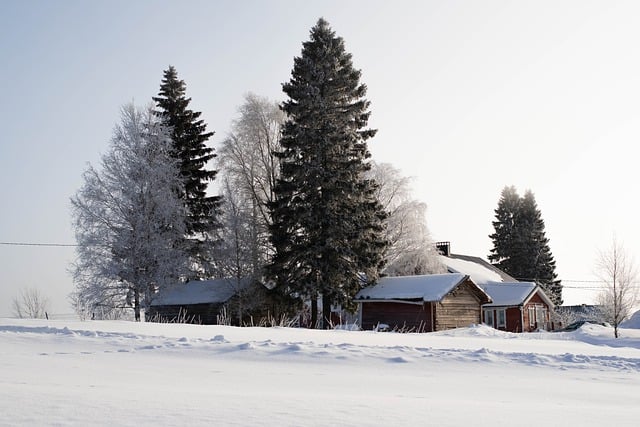This discussion delves into the art of transforming small outdoor spaces through innovative landscaping design, focusing on the practical application of space without sacrificing aesthetic appeal. It outlines how strategic plant selection, such as incorporating vertical gardens with climbing plants, can maximize limited areas by adding greenery and visual interest upwards. Hardscaping elements like pathways, water features, and seating areas are designed to be both functional and beautiful, enhancing movement and the overall aesthetic. The use of robust, compact vegetation in containers or raised beds is emphasized for their space efficiency and ease of maintenance. Advanced irrigation systems ensure that these spaces remain lush with minimal upkeep. The section also touches on sustainable practices, advocating for eco-friendly materials like permeable paving stones and native plant species to promote environmental conservation and local biodiversity. It concludes by highlighting the importance of integrating solar-powered lighting to reduce energy consumption while maintaining functionality after dark. Overall, the guide showcases a blend of design creativity, material choice, and technology that can make any small outdoor space into a verdant and sustainable haven.
Embarking on a landscaping venture for small outdoor spaces can transform even the most confined areas into delightful retreats. This article explores innovative approaches to maximize the potential of compact environments. From strategically designed vertical gardens to multi-functional features that optimize space, and eco-conscious choices that enhance both beauty and sustainability, discover how to craft a personal oasis that captivates and invigorates. Dive into the world of creative landscape design tailored for limited spaces, where every inch is an opportunity for elegance and functionality.
- Maximizing Impact: Creative Landscape Designs for Compact Spaces
- Vertical Vistas: Incorporating Height into Your Small Outdoor Area
- Functional Elegance: Multi-Purpose Small-Scale Garden Features
- Cozy Nooks: Crafting Intimate Sitting Areas in Limited Space
- Sustainable Solutions: Eco-Friendly Materials and Practices for Small Landscapes
Maximizing Impact: Creative Landscape Designs for Compact Spaces

In small outdoor spaces, creative landscaping can transform a limited area into an oasis of tranquility or a vibrant extension of one’s home. Homeowners and designers are adept at maximizing impact through strategic use of plants and materials that complement the space’s dimensions. Vertical gardens and climbing plants not only save valuable horizontal space but also add greenery and interest to walls and fences. The interplay of textures, heights, and colors in a well-designed vertical garden can create a lush, layered effect that draws the eye upward and enlivens the area. Additionally, thoughtful hardscaping elements like pathways, water features, or seating areas can serve both functional and aesthetic purposes, providing clear navigation while adding visual appeal to the landscape. These elements are chosen not only for their beauty but also for their durability and low maintenance requirements, ensuring that even small spaces remain attractive without requiring constant upkeep.
To truly make the most of compact outdoor spaces, one must consider the placement and selection of plants with care. Compact, yet robust vegetation can anchor a design while requiring less space to grow. Dwarf varieties of trees and shrubs can serve as focal points or borders, providing both structure and greenery in limited areas. The use of containers and raised beds allows for greater flexibility in plant placement and selection, accommodating a variety of plant types in a small footprint. Smart irrigation systems can further enhance these landscapes by ensuring that plants receive the necessary water without the need for daily manual intervention, making the maintenance of even the most intricate designs manageable and allowing homeowners to enjoy their outdoor spaces to the fullest.
Vertical Vistas: Incorporating Height into Your Small Outdoor Area

When space is at a premium, maximizing vertical real estate can transform a small outdoor area into an expansive retreat. Strategic landscaping with vertical gardens or climbing plants like ivy or clematis can introduce greenery to bare walls, providing both aesthetic appeal and the illusion of additional space. Trellises and pergolas, adorned with blooming vines, not only add a layer of dimension but also create a focal point that draws the eye upwards, effectively increasing the perceived size of your outdoor sanctuary.
Incorporating height into your design can also include the use of elevated planters or raised beds, which not only make better use of the vertical space but also allow for plants with deeper root systems that may otherwise overtake a smaller area horizontally. The integration of architectural elements like obelisks, arbors, or skyward-reaching sculptures can further accentuate the height and add character to your landscape, making every square inch count in your small outdoor space.
Choosing the right plants for the vertical landscaping is crucial; dwarf varieties or low-spreading species ensure that the vertical garden remains manageable while still providing a lush, green backdrop. The combination of thoughtful plant selection and structural planning can result in a harmonious and visually appealing outdoor area that makes the most of limited space through the power of height.
By focusing on the vertical dimension, homeowners with small outdoor spaces can create a sense of openness and elegance, often overlooked in compact gardens. This approach not only enhances the beauty of your outdoor environment but also provides an opportunity to engage with your landscape in a new way, bringing nature closer and elevating your outdoor experience.
Functional Elegance: Multi-Purpose Small-Scale Garden Features

In the realm of compact outdoor spaces, designing with functionality and elegance in mind is paramount. Landscaping small-scale gardens to serve multiple purposes not only optimizes space but also enhances the beauty of the environment. A prime example of this is the incorporation of multi-purpose garden features that double as both ornamental elements and practical solutions. For instance, vertical gardens are an excellent solution for limited horizontal space; they provide greenery that softens the boundaries between indoors and out while serving as a living wall that can even support climbing plants. Additionally, cleverly designed seating can be both a comfortable spot to relax and a functional planter, merging aesthetics with utility, and contributing to an inviting landscape.
When space is at a premium, innovative design becomes essential. Landscaping elements such as fold-down tables or modular benches that transform into additional seating or storage can make the most of every square inch. These features not only offer versatility but also ensure that small gardens maintain a polished and intentional look. Embracing landscaping solutions that are both space-conscious and visually appealing, homeowners can create an outdoor haven that is as functional as it is charming.
Cozy Nooks: Crafting Intimate Sitting Areas in Limited Space

When space is at a premium, transforming a modest outdoor area into a cozy nook requires thoughtful landscaping design. Strategic placement of greenery and the use of compact, multi-functional furniture can create an intimate sitting area that serves as a tranquil retreat from daily life. Opt for low-maintenance plants that complement the existing landscape to ensure a lush yet manageable setting. The right combination of lighting, whether soft lanterns or twinkling string lights, can enhance the ambiance and extend the usability of your space into the evening hours. A well-designed cozy nook not only elevates the aesthetic appeal of your small outdoor space but also provides a personalized oasis within your reach, making every moment spent outdoors a delightful experience.
Incorporating vertical landscaping elements, such as hanging plants or a vertical garden, maximizes limited space while adding a vibrant touch to your nook. These features not only serve an aesthetic purpose but also create a sense of depth and interest in a small area. The use of natural materials like stone, wood, and greenery can bring texture and a sense of harmony to the space. By carefully selecting each element to complement the existing landscape, you can design a cozy nook that feels like an extension of your home’s interior, encouraging relaxation and enjoyment of nature’s beauty in a compact setting.
Sustainable Solutions: Eco-Friendly Materials and Practices for Small Landscapes

In the realm of small-scale landscaping, sustainability is not just a trend but a practice that harmonizes with the environment. Eco-friendly materials and practices are paramount in creating outdoor spaces that conserve resources and promote biodiversity. For instance, selecting permeable paving stones for pathways allows rainwater to seep into the ground, recharging aquifers and reducing runoff pollution. Native plants, which are acclimated to local climate conditions, require less water and maintenance while supporting native wildlife. Moreover, incorporating composting systems and rain barrels not only enriches the soil but also reduces the need for external fertilizers and potable water for irrigation.
In the landscape design industry, innovation is leading the way towards more sustainable solutions. Architects and landscapers are increasingly turning to recycled materials and sustainable practices. For example, using composite lumber made from reclaimed wood and plastic for decks and fences minimizes deforestation and waste. Additionally, the integration of solar-powered lighting systems not only reduces energy consumption but also illuminates outdoor spaces with minimal environmental impact. These eco-conscious choices in landscaping ensure that small outdoor spaces can be both functional and environmentally responsible.
Small outdoor spaces present a delightful challenge for landscape design, inviting homeowners to think creatively and make every inch count. This article has explored various strategies to transform even the most compact gardens into visually arresting and functional retreats. From maximizing impact with thoughtful landscaping to adding vertical elements that bring depth and interest to tight spaces, each approach showcases the potential for small outdoor areas to be both beautiful and practical. Multi-purpose features and cozy nooks provide comfortable and versatile spaces for relaxation or entertainment. Moreover, incorporating sustainable solutions ensures that these miniature landscapes are not only stylish but also kind to the environment. As we’ve seen, with a little ingenuity and a commitment to thoughtful design, any small outdoor space can be elevated to a thing of beauty and a haven of tranquility.
